How to Clean Rubber Gym Flooring: 4 Easy Steps
| Fact Checked By: Lamont Robbins
Published: January 18, 2021 | Updated: July 12, 2023
Rubber flooring is perfect for exercise, whether it’s your home gym or a commercial gym. But after a successful workout, have you ever noticed how dirty it can be? You need to know how to clean rubber gym flooring if you’re going to keep your gym sanitary.
The good news is that rubber flooring is super durable and low-maintenance, so it’s not that hard to take care of. It resists stains, mold, and mildew. It’s like half the work is already done for you! But there are still some important tips and tricks you should know.
Fortunately for you, we know all about how to clean rubber floors, and we’re going to share our wisdom! This guide will show you the best way to clean rubber gym floors, share the best rubber flooring cleaners, and even answer some FAQs.
Pro Tip: Some new rubber floor has a distinct rubber odor, which is caused by off-gassing. Following these cleaning steps can also help you reduce the rubber smell faster!
| Related Content >> Rubber Flooring FAQ |
Tools and Materials to Clean Rubber Gym Flooring
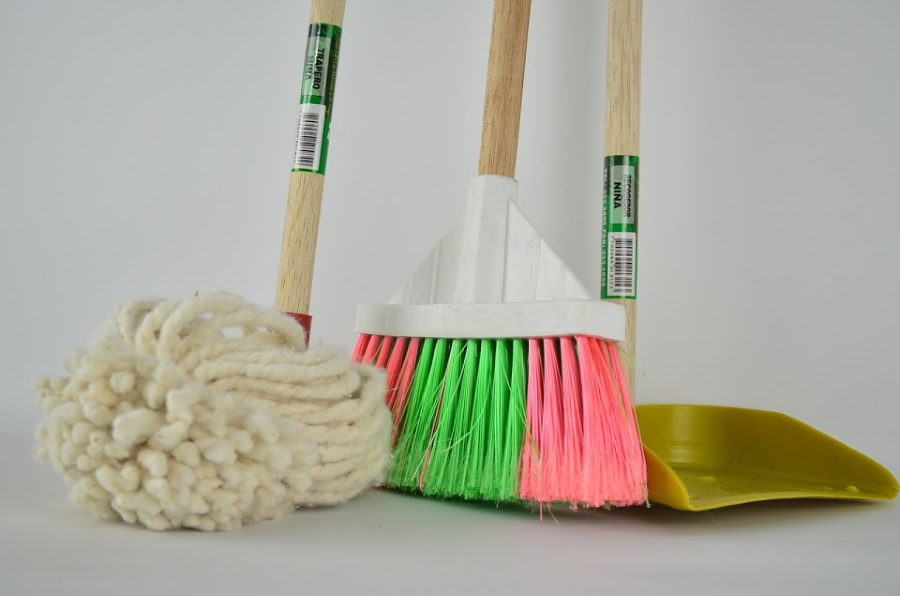
Cleaning rubber flooring is pretty simple, but it’s always a good idea to prepare yourself before you start to deep clean. Here are some helpful tools and materials to ensure your success.
Tools:
- Broom or vacuum
- Mop (nylon, microfiber, or sponge)
- Bucket
- Soft bristle scrubbing brush
- Buffing machine (optional, for commercial use)
Materials:
- Non-acidic cleansing agent
- Mild dish soap (without bleach, oils, or moisturizers)
- Rubber floor finish and sealer (optional)
The Best Rubber Gym Floor Cleaner
The best cleaning product for rubber flooring is a pH-neutral cleaner, often mixed with warm water. This will allow you to deep clean and sanitize the floor without causing any damage from harsh chemicals and acidic products.
When choosing a floor cleaner, you have two options: store-bought or homemade. Let’s get into the details.
| Related Content >> Rubber Flooring Pros and Cons |
Best Store-bought Rubber Gym Floor Cleaner
Using a store-bought rubber flooring cleaner takes all of the guesswork out of the process, which is why it’s a popular choice. Specialized rubber floor cleaners can sanitize the floor as well as degrease it and remove wax.
Unlike a homemade cleaner, you often won’t have to dilute a store-bought product. If you’re concerned about harmful chemicals and the safety of such cleaners, we offer a low-odor cleaner and degreaser that is biodegradable. You can clean approximately 3000 square feet per gallon, so you’ll get plenty of mileage out of it.
SHOP ALL RUBBER FLOORING CLEANER
Best Homemade Rubber Gym Floor Cleaner
If you don’t want a store-bought cleaner, or you just prefer to DIY it, you can always make your own! There are many safe, simple, and effective homemade floor cleaners that you can create using common household items in the pantry and under the sink.
Here’s a homemade rubber flooring cleaner that will do the trick:
- 1 gallon of warm water
- 1 cup of dish soap (without bleach, oils, or moisturizers)
- (optional) 5-10 drops of essential oil or lemon juice
Note: To reduce the smell from rubber flooring off-gassing, you may need to mop the floor with soapy water a few times and let the room air out.
If you want to focus on disinfecting the floor, a mild alcohol and water solution is your best option. Do not use any solvent or oil style cleaners such as Pine-Sol, Lysol, Murphy’s Oil Soap, WD40, or paint thinner, since these types of cleaners will break down the flooring over time.
| Related Content >> What is the Best Homemade Floor Cleaner? |
How to Clean Rubber Gym Flooring
Sweep the Floor
First things first, you need to sweep away any dirt and debris that might have accumulated.
You can always use a trusty broom for this step, but if you want to make things easier with a vacuum, there are some features you need to consider:
- Try to choose a vacuum without a beater brush to avoid scratching the rubber floor. If you have no alternative, a soft beater brush is best.
- It’s also a good idea to use a vacuum with high-performance suction to ensure you pick up all the dust.
Spot Cleaning Rubber Flooring
Before you tackle a deep clean for the whole floor, take care of any obvious spots that need some extra TLC. You can typically remove set-in stains by scrubbing vigorously with a soft-bristled brush.
If you have a commercial gym, you might have pesky stuck-on gum that you need to gently remove with a scraper. Avoid metal scrapers as they can scratch surfaces.
Mop the Floor
When it’s time for a full clean, you need to break out the mop. We recommend using a nylon, microfiber, or sponge mop for this. As you mop, be sure to avoid soaking the floor too much, especially if the floor is made of rubber tiles with lots of seams where moisture could seep through.
Make sure to change the soap and water solution often to make sure you’re not cleaning with dirty water. That just defeats the purpose!
If you have a large area that you need to clean quickly, sometimes a mop and bucket just won’t cut it. For really heavy-duty cleaning or for large spaces, use an automatic floor scrubber or buffing machine with a contact pad or soft nylon brush. This will allow for faster, easier daily cleaning.
Allow the Floor to Dry
It’s best to let rubber flooring air dry after mopping, instead of wiping it down with a cloth or towel. This ensures a streak-free finish. If you want to speed up the process, you can use a wet vacuum to remove excess water immediately after mopping, and then let it air dry the rest of the way.
How to Seal Rubber Flooring
Sometimes it’s a good idea to seal your rubber flooring to add even more protection.
If you have virgin rubber floors or recycled rubber floors with a high percentage of virgin rubber colored flecks, a rubber floor finish and sealer can preserve the look of your floors. The seal creates a protective wax layer that gives the floor a wet gloss look.
Keep in mind, a sealer is usually not required nor recommended for recycled rubber floors that are predominantly black in color.
Here’s how to finish and seal rubber gym flooring:
- Saturate a clean sponge mop with a non-diluted rubber floor finish and sealer.
- Apply a thin coat of finish and allow it to fully dry (avoid aggressive fan-forced drying that may cause the finish not to dry completely).
- Repeat to a maximum of four coats, or until the desired level of sheen is achieved.
- It is critical that the floor finish is applied in thin coats and is allowed to dry between coats, or a haze may develop.
- Avoid machine buffing, because it can leave marks on the finish
- After the floor has been dry for a full day, you can continue the usual maintenance routine.
SHOP ALL RUBBER FLOORING FINISH AND SEALER
Dos and Don’ts for Cleaning Rubber Flooring
Now that you know how to clean rubber, here are a few helpful rules of thumb that will make it even easier.
What to Avoid When Cleaning Rubber Flooring
- Don’t use abrasive cleaning pads like scouring pads or steel wool. This will scratch and damage the floor.
- Don’t completely soak the floor when mopping. Water can seep through seams and damage your subfloor, especially if you have plywood underneath.
- Don’t use any acidic chemical cleaners like bleach, vinegar, or any solvent-based cleaners. They will damage the floor.
What to Do When Cleaning Rubber Flooring
- Do clean your floor at least once a week. For high traffic areas, daily cleaning might be necessary.
- Do use a nylon, microfiber, or sponge mop instead of cotton. A cotton fiber mop will leave behind lint and make your floor look dirty just after you washed it. No thanks!
| Related Content >> Home Gym Flooring Options |
Rubber Gym Floor Cleaning FAQs
How do you disinfect rubber gym flooring?
If you want to sanitize and disinfect rubber gym flooring, your best option is a specialized rubber flooring disinfectant, which is approved by the U.S. EPA’s Emerging Viral Pathogen Guidance, in response to COVID-19 and other viruses. It kills bacteria, viruses, fungus, and it’s a simple addition to your cleaning regimen since you can simply dilute it in water.
How can I make my rubber floor shine?
The easiest way to make your rubber flooring shine is by applying a rubber finish and sealer. After cleaning your floor and letting it air dry, you can easily apply the finish using a sponge mop. It usually takes a few coats before you achieve the desired shine and a wet/glossy appearance. You can apply as many as four layers.
What will dissolve rubber flooring?
Harsh solvents can dissolve rubber flooring, so you shouldn’t use them as a cleaning product. Avoid solvent or oil style cleaners such as Pine-Sol, Lysol, Murphy’s Oil Soap, WD40, or paint thinner. With continued use, these cleaners can break down the flooring.
| Related Content >> Can Rubber Gym Mats Damage Hardwood? |
Does vinegar harm rubber flooring?
Undiluted vinegar can damage rubber flooring because it is acidic, so it needs to be diluted in water before you use it. The acidity helps break down dirt and residue, but it also causes degradation if not diluted. Adding one cup of white vinegar to a gallon of water should properly dilute the product for safe cleaning.
Can you use bleach on rubber flooring?
You should not use undiluted bleach on rubber flooring, because it can cause damage to the floor. Bleach is a powerful disinfectant even in small amounts. Adding one cup of bleach to a gallon of water should properly dilute the product for safe cleaning.
Conclusion
Ta-da! Now you know everything you need to know about cleaning rubber flooring, so your gym floor can be squeaky clean and sanitary. Plus, if you want to make your life a little bit easier with cleaning products and finish specifically formulated for rubber flooring, we’ve got the goods.
ORDER FREE SAMPLES SHOP ALL RUBBER FLOORING CLEANER SHOP ALL RUBBER GYM FLOORING

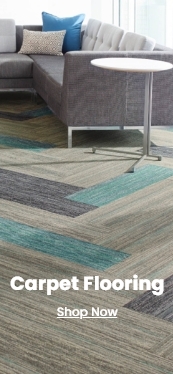
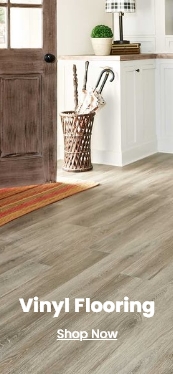


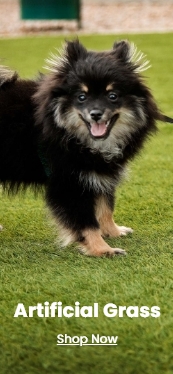
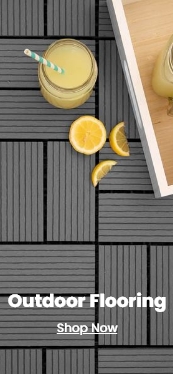
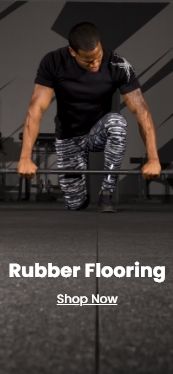
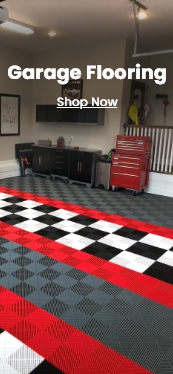
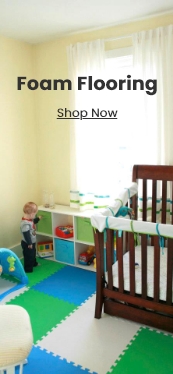

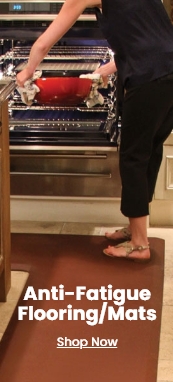

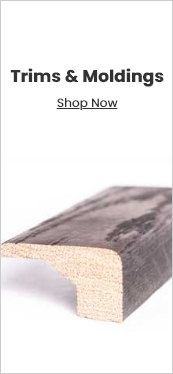
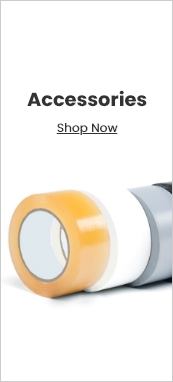

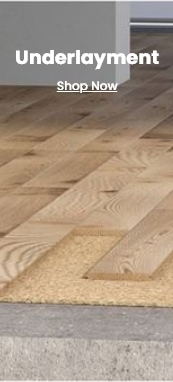
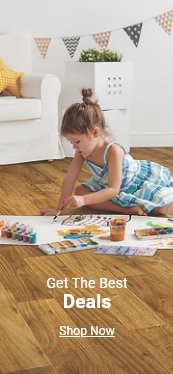
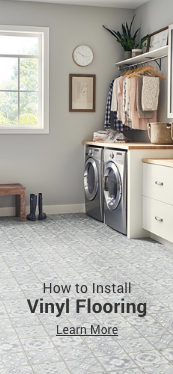
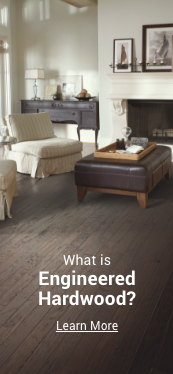
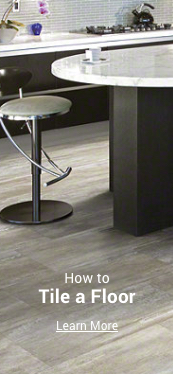
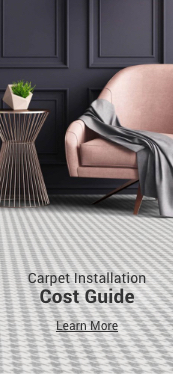
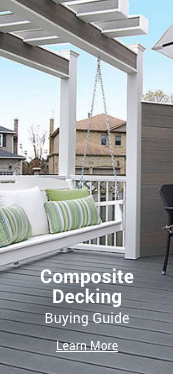
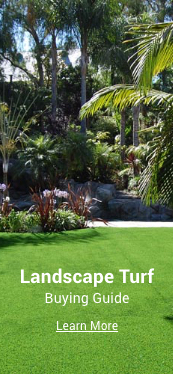
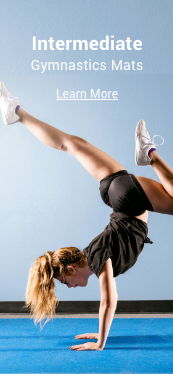
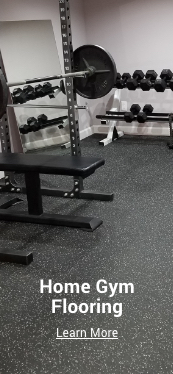
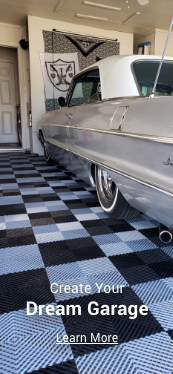
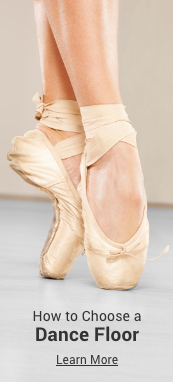
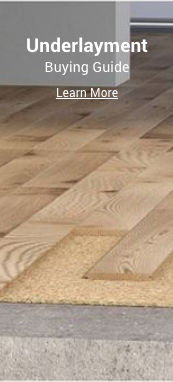

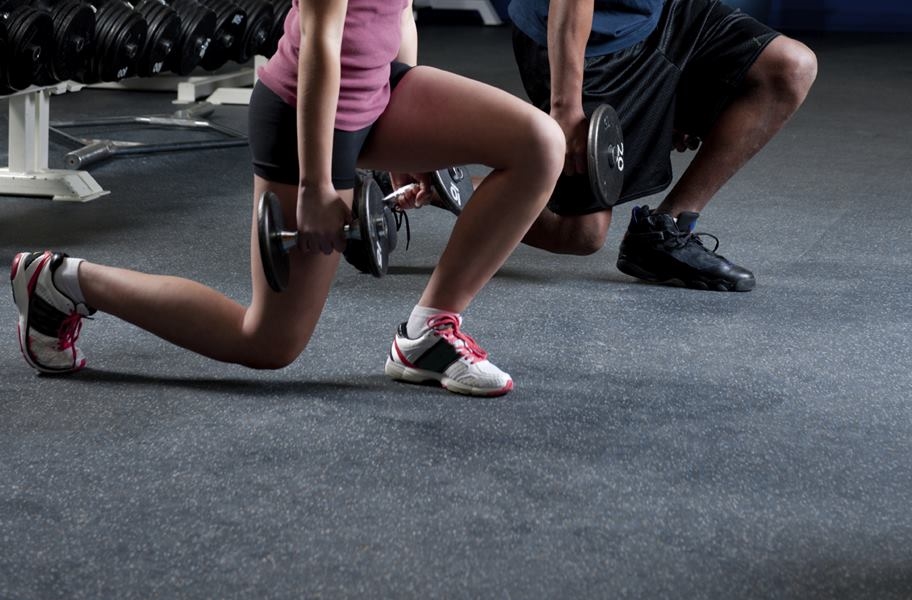
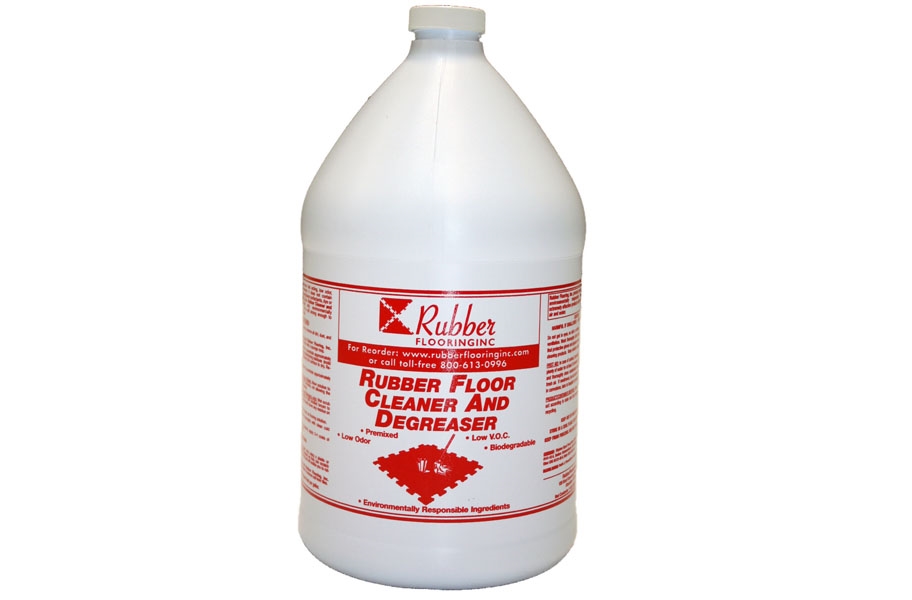
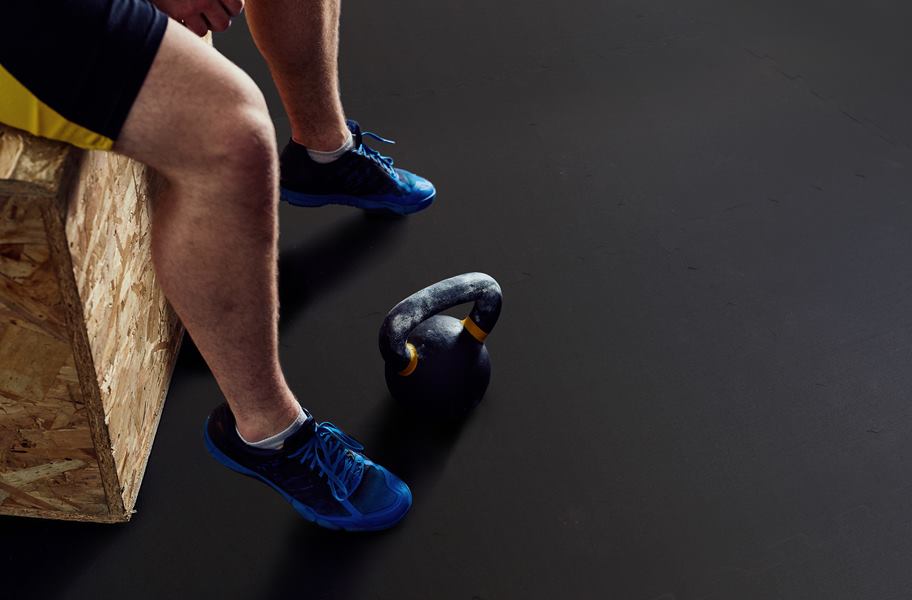
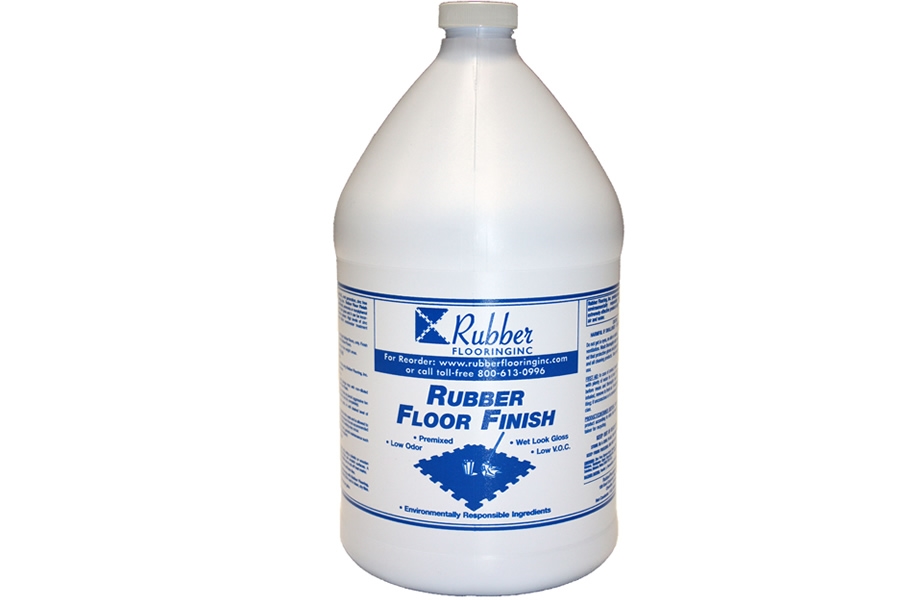
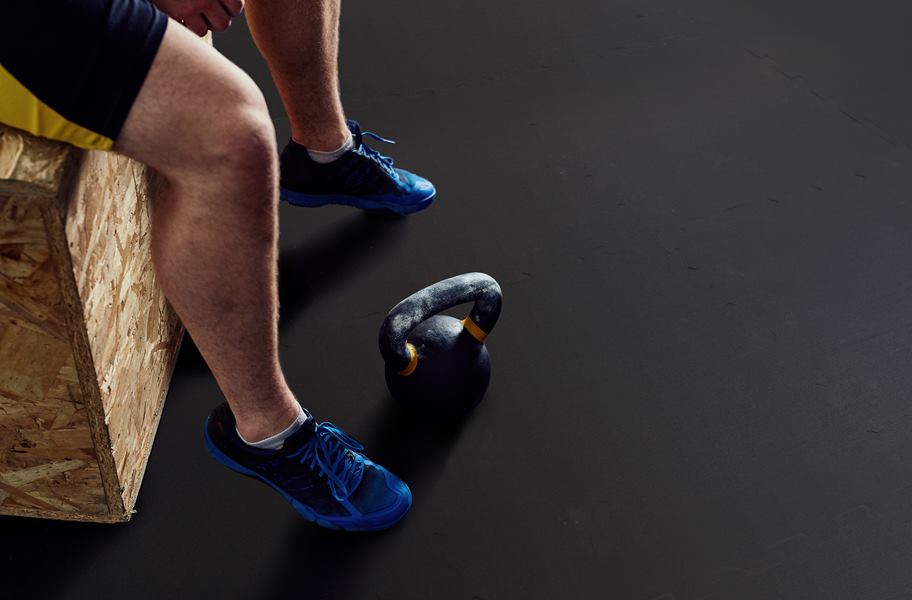



Thanks for mentioning that a rubber floor sealer can help make the floor shine. My husband is thinking about buying rubber floor tiles for our home gym in the basement. We use it almost every day, so I think it would be nice to have high-quality rubber flooring.